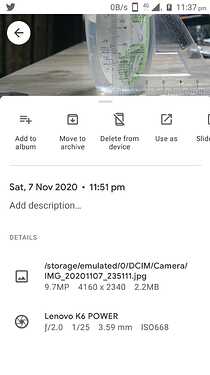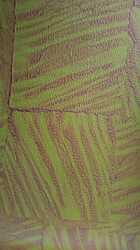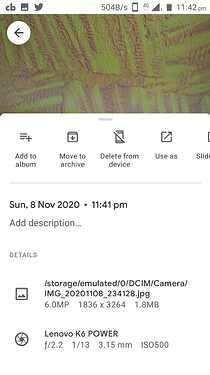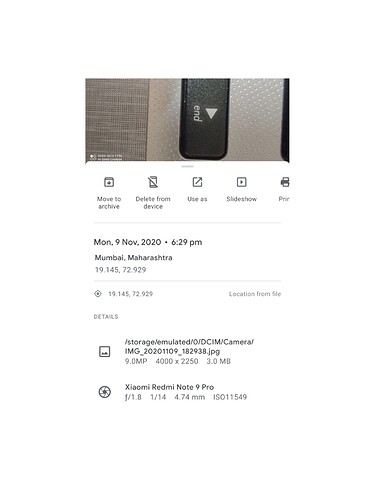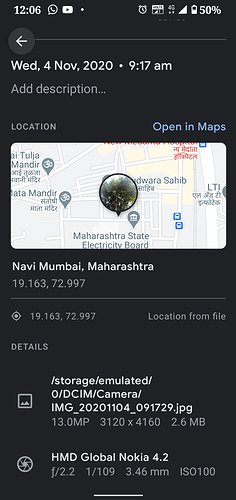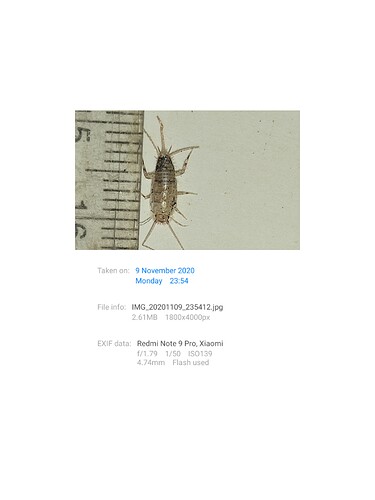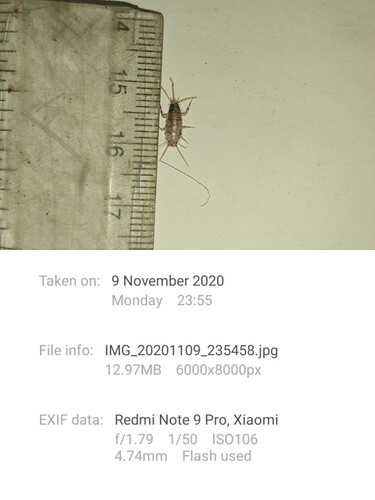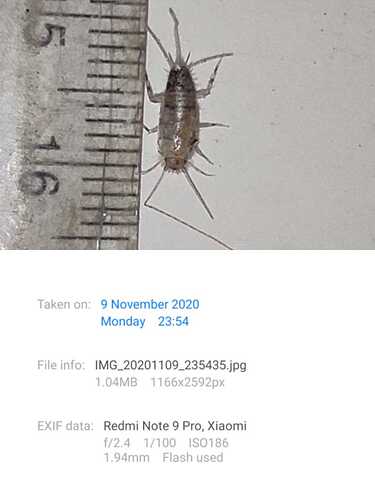- Find out the focal length of your phone
- Share your approach
- What is the smallest area your phone can capture?
- Try 2x and 4x zoom and measure the smallest area in both the configurations.
Share the pictures of the objects you captured!
At first, I didn’t know how to find the focal length of my mobile camera(s). I alongwith my brother (@CuriousVidhi) made a search on the internet and came across this paper;
“Measuring the focal length of a camera lens in a smart-phone with a ruler”
Here, they have used a ruler, smartphone to actually calculate the focal length using the formulae given in the paper.
I followed it and took a picture as described in the paper (to avoid errors as we were doing it for the first time). Then, we measured the object size, pixel size and some more parameters (and got few numbers) that were to be applied in the formulae. But, I got stuck here. Didn’t actually knew how to proceed.
The above picture has been taken as described in the quoted paper.
Then, a thing stormed in my mind that when I take a photo, it gets saved in the gallery and (for some purpose) if I want to look at the details of the photo, I would simply swipe up on the photo and the details were shown.
This is how it looks in the Google Photos app. Below the name of the mobile, there are some digits shown. There I saw 3.59mm and realised that the quoted paper too had the focal length in millimetres.
Then I came to know that the focal length of my phone’s rear camera is 3.59mm
Above photo taken by the front camera.
And that of the front camera is 3.15mm.
This was our approach.
I didn’t really understand the third and fourth question/point. Can we elaborate?
I tried taking pictures of the Right Key Of Laptop Keypad using 2x Zoom and The details show that the focal length used was 4.74 mm of Back Camera lens. Is it the focal length of my phone Back Camera or else there’s some different calculation for it!!! @drishtantmkawale @ravi312
Yes, the focal length of your phone camera is 4.74mm.
But I wonder (upon reading the watermark saying quad camera) which one of the four rear camera lenses is/are having a focal length of 4.74mm?
How do we find that out?
I too was thinking on same on it… I’ll be using each option I have then let’s reach to the focal length of each camera lens!!! Also the macro lens !!! @drishtantmkawale
Oh!
Can we do that? That will be interesting then!
Do let us know with evidences  .
.
There are two focal Lengths as per I experienced after clicking pictures!!
At Normal Camera Lens the focal length was - 4.74 mm.
At 48 mm Camera lens the focal Length
was - 4.74 mm.
At Macro lens the focal Length was
- 1.94 mm.
Normal Camera lens and 48 MP lens - 4.74mm
Macro Lens - 1.94 mm!
Please check and respond! @drishtantmkawale @ravi312 @GN @karnamdpdurga
What does varying focal length mean?
I think focal length is the ability of a lens to converge/diverge the ray of light.
If it is positive, then light will be converged and if negative then light will be diverged.
How can this be applied here?
Abstract
Modern microscopes used for biological imaging often present themselves as black boxes whose precise operating principle remains unknown, and whose optical resolution and price seem to be in inverse proportion to each other. With UC2 (You. See. Too.) we present a low-cost, 3D-printed, open-source, modular microscopy toolbox and demonstrate its versatility by realizing a complete microscope development cycle from concept to experimental phase. The self-contained incubator-enclosed brightfield microscope monitors monocyte to macrophage cell differentiation for seven days at cellular resolution level (e.g. 2 μm). Furthermore, by including very few additional components, the geometry is transferred into a 400 Euro light sheet fluorescence microscope for volumetric observations of a transgenic Zebrafish expressing green fluorescent protein (GFP). With this, we aim to establish an open standard in optics to facilitate interfacing with various complementary platforms. By making the content and comprehensive documentation publicly available, the systems presented here lend themselves to easy and straightforward replications, modifications, and extensions.
https://www.nature.com/articles/s41467-020-19447-9

